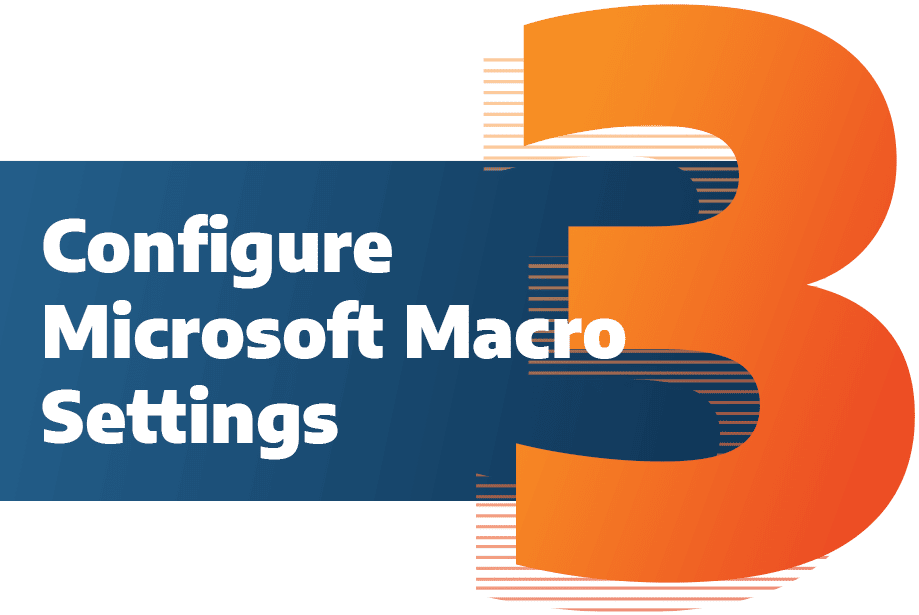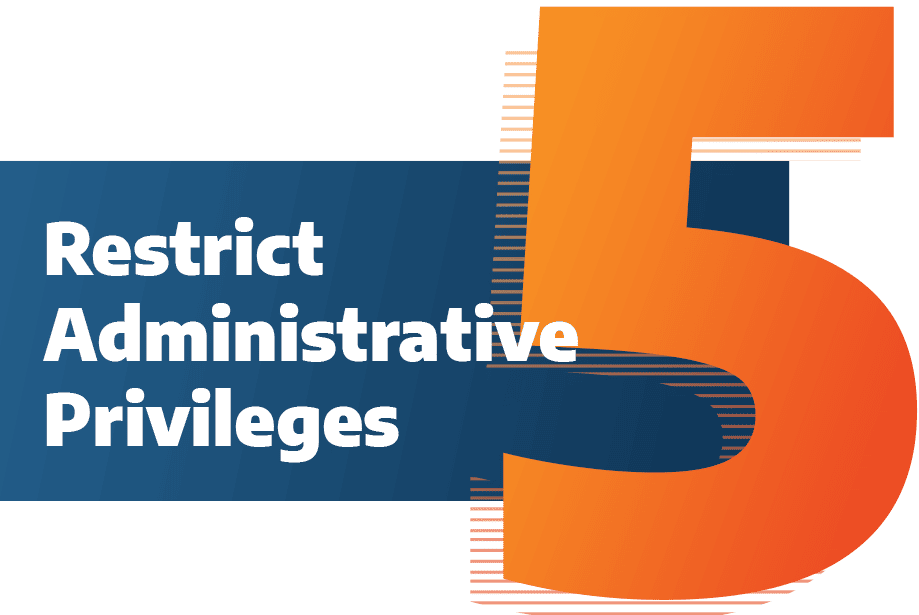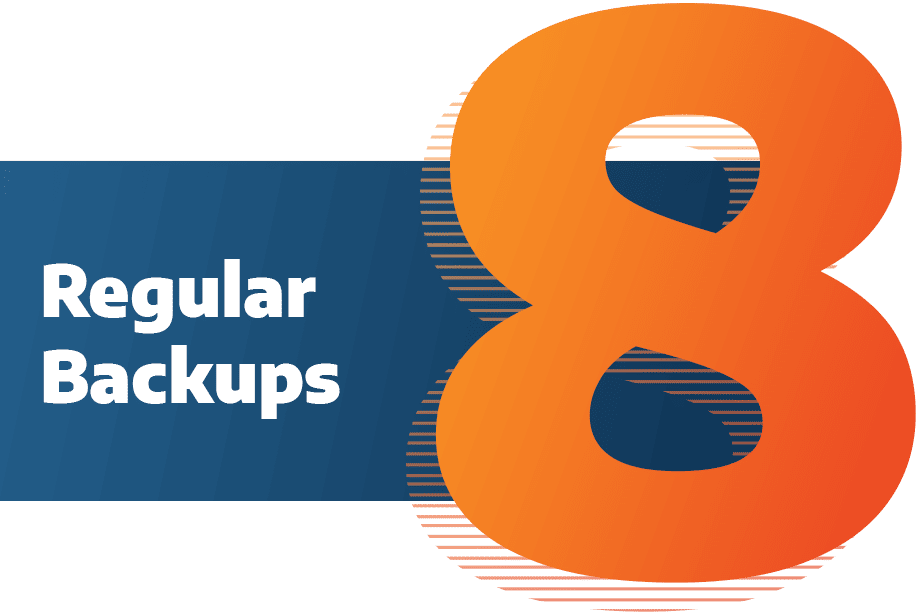Implementing the ACSC Essential Eight Mitigation Strategies
The Australian Cyber Security Centre (ACSC) developed the Essential Eight as prioritised mitigation strategies organisations should implement for building cyber resilience to reduce the likelihood and impact from cyber attacks.
Explore the key mitigation strategies that comprise the Essential Eight, discover the Arctic Wolf approach for implementing them, and learn how our industry-leading security operations solutions can help proactively protect Australians organisations.
Australian Organisations Are Under Attack

The average cost of a data breach in Australia.

The number of cyber attacks in Australia in 2022, an increase of 13% over the previous year.

The new max penalty that can be leveraged against Australian companies who suffer large-scale breaches.

What Is The Essential Eight?
The Essential Eight mitigation strategies focus on prevention, limitation, and recovery. Each strategy’s implementation can be graded on four levels of maturity.
Level Zero
This level indicates severe weaknesses in the organisation’s cybersecurity posture which could lead to exploit by threat actors.
Level Zero
This level indicates severe weaknesses in the organisation’s cybersecurity posture which could lead to exploit by threat actors.Level One
This maturity level focuses on basic protections from unsophisticated adversaries and attacks that rely on publicly available tools, tactics, and procedures (TTPs).
Level One
This maturity level focuses on basic protections from unsophisticated adversaries and attacks that rely on publicly available tools, tactics, and procedures (TTPs).Level Two
This maturity level provides additional protections and mitigations against more skilled threat actors; one willing to invest significant time and money into their attacks.
Level Two
This maturity level provides additional protections and mitigations against more skilled threat actors; one willing to invest significant time and money into their attacks.Level Three
This final, top maturity level focuses on mitigating adversaries that are more adaptive, more skilled in exploiting their target’s weaknesses and less reliant on public TTPs.
Level Three
This final, top maturity level focuses on mitigating adversaries that are more adaptive, more skilled in exploiting their target’s weaknesses and less reliant on public TTPs.The Essential Eight Pillars

What is it?
Application controls are designed to protect your systems against malicious code by allowing only approved and trusted programs to execute within your environment. Execution is granted only to those who are authorised to do so. The scope of these controls applies to both workstations and servers.
What is it?
Patching applications is about applying updates that are intended to fix programs, closing security holes or adding features enabling you to prevent threat actors from gaining access to systems and sensitive information. Once a patch is released by a vendor, the patch should be applied in a timeframe commensurate with an organisation’s exposure to the security vulnerability.
What is it?
Microsoft Office macros allow you to configure how Microsoft Office applications behave. Macros are a set of programming instructions which can be used to automate repeated and standardised tasks. This provides useful and legitimate functionality within Microsoft documents. While macros are essentially bits of computer code used for productivity and efficiency gains, they have also been used as vehicles for malware. Disabling or limiting macro use can prevent malicious code like ransomware from taking a foothold in your environment.
What is it?
User productivity tools like web browsers are installed by default on workstations or servers. This makes them an attractive target for malicious actors to exploit because of their widespread adoption and known vulnerable attack surface. User application hardening is focused on reducing this attack surface from Microsoft Windows by implementing effective controls.
What is it?
Restricting administrative privileges is one of the most effective mitigation strategies in ensuring the security of systems. Privileges are used to provide granular control to allow select users to perform certain actions, while restricting other users from performing the same action. Users with administrative privileges for operating systems and applications can make significant changes to their configuration and operation, bypass critical security settings and access sensitive information.
What is it?
Patching operating systems is fundamentally crucial to secure systems. The primary goal is to ensure that patches, updates, and mitigations are readily applied to workstations, servers, and network devices. Time is of the essence in patching. Ideally, when a vendor releases a patch, this should be deployed within 48 hours for critical vulnerabilities on internet-facing systems. It is critical to use the latest/current operating systems version and avoid using unsupported versions.
What is it?
Multi-factor authentication (MFA) provides an additional layer of security by requiring the user to supply two or more forms of authentication, such as a username and password, a security code, biometric data, or a physical token, e.g., something you know, something you have, or something you are. Having strong authentication with multiple layers limits the ability for a malicious actor from guessing or stealing a compromised credential.
What is it?
A disaster recovery plan is crucial to ensuring business continuity. It is essential to perform, maintain, and test backups of important data, software, and configuration settings. By conducting this activity regularly, you give your organisation confidence in the ability to preserve critical business information and intellectual property while minimising business disruptions.WHITE PAPER
ACSC Essential Eight Cyber Mitigation Strategies
The Arctic Wolf Approach
In our new white paper, we outline how Arctic Wolf’s security solutions apply to the Essential Eight mitigations strategies to help support your organisation on the path to Essential Eight maturity.
Coupled with expert insights from our dedicated Concierge Security® Teams (CST), our industry-leading solutions can guide you through the Essential Eight mitigation journey, helping you:
-
Understand the Essential Eight maturity levels and requirements
-
Determine current alignment and target tier maturity objectives
-
Assist you with customisations leveraging the Arctic Wolf platform
-
Explain customer responsibilities, supporting tools, and resources
The Ultimate Guide to the Essential Eight Mitigation Strategies
Organisations need an actionable roadmap to help adopt and implement the Essential Eight. Here it is.
Join experts Arctic Wolf Director of ANZ Security Services Mark Thomas, Senior Concierge Security Engineer Kyle Siddall, and Senior Concierge Security Engineer Tony Li for a webinar designed to explore the key mitigation strategies that comprise the Essential Eight, as well as provide advice and insights into how to properly implement them.
You’ll learn:
-
The benefits of implementing the Essential Eight, and the risks of not doing so
-
Proper implementation strategies via real-world examples
-
How Arctic Wolf can help
Ready To Talk To An Arctic Wolf Expert?
A combination of Arctic Wolf security operations solutions coupled with expert insights from our dedicated Concierge Security® Team (CST) can guide you through the Essential Eight mitigation journey. Fill out the form to learn more and we’ll be in touch with you shortly.

